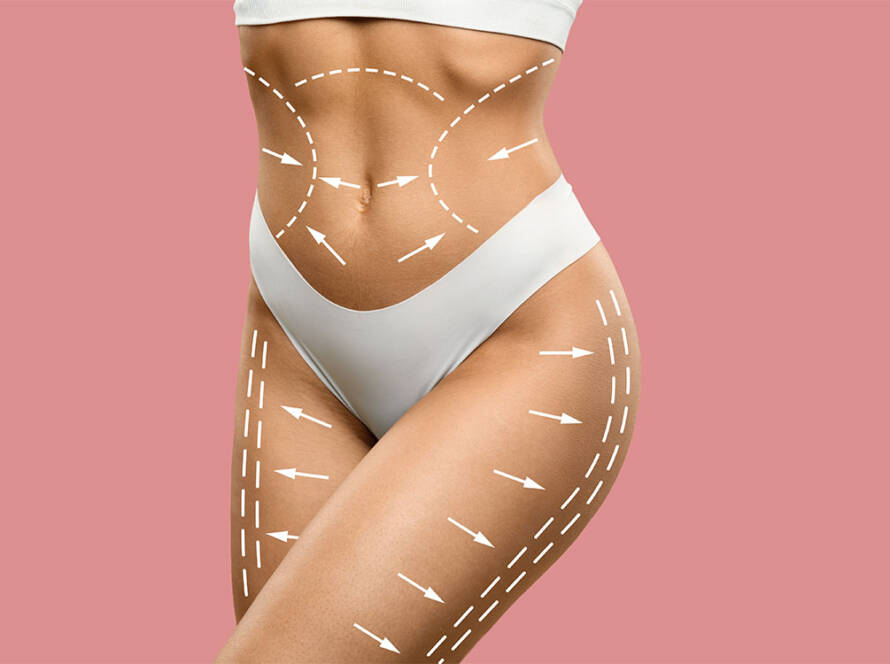Q: Are you considering a rhinoplasty to achieve your desired nose shape? As you delve into the world of nasal refinement, have you wondered about the key differences between open and closed rhinoplasty techniques? Join us as we unravel the nuances of these two approaches and guide you toward making an informed choice for your journey to a beautifully balanced nose.
Open Rhinoplasty: Unveiling Precision
Pros:
- Visibility and Precision: Open rhinoplasty involves making an incision on the columella (the strip of skin between your nostrils). This approach grants your surgeon direct visibility and access to your nasal structures. This high level of visibility enables precise adjustments, making it an ideal choice for complex cases or revisions.
- Extensive Modifications: The open approach provides the surgeon with greater flexibility in reshaping your nose. This is particularly beneficial when addressing intricate issues such as structural abnormalities or severe deformities.
- Predictable Results: Due to the enhanced visualization and control offered by open rhinoplasty, surgeons can often achieve more predictable and refined outcomes, resulting in a harmonious and balanced nasal appearance.
Cons:
- Visible Scarring: Since the open technique involves an external incision, a small scar will be present on the columella. While skilled surgeons aim to make this scar discreet, it’s still a consideration for individuals concerned about visible scarring.
- Potentially Longer Recovery: The open approach might entail a slightly longer recovery period compared to closed rhinoplasty due to the additional tissue manipulation and potential swelling caused by the incision.
Closed Rhinoplasty: Concealed Artistry
Pros:
- Minimal Scarring: One of the primary advantages of closed rhinoplasty is the absence of external scarring. All incisions are made within the nostrils, ensuring that no visible scars are left behind.
- Faster Recovery: With fewer incisions and less tissue manipulation, closed rhinoplasty often results in a faster recovery compared to open rhinoplasty. Swelling and bruising are typically reduced, leading to a quicker return to your daily routine.
- Less Trauma: Since the surgery is conducted through internal incisions, closed rhinoplasty involves less disruption to the nasal tissues. This can result in less postoperative discomfort and potentially lower risk of complications.
Cons:
- Limited Visibility: The primary limitation of closed rhinoplasty is reduced visibility and access to nasal structures. This technique is best suited for individuals seeking minor to moderate changes that don’t require extensive adjustments.
- Challenging Revisions: In cases where revisions are needed, the closed approach can be more challenging due to the limited visibility. Open rhinoplasty might be recommended for revision surgeries.
In the end, the choice between open and closed rhinoplasty depends on your unique nasal anatomy, the desired changes, and the expertise of your surgeon. Consulting with a board-certified plastic surgeon who specializes in rhinoplasty is essential. They will assess your individual needs, discuss your goals, and recommend the most suitable technique to sculpt your nose into a work of art that beautifully complements your facial features.



